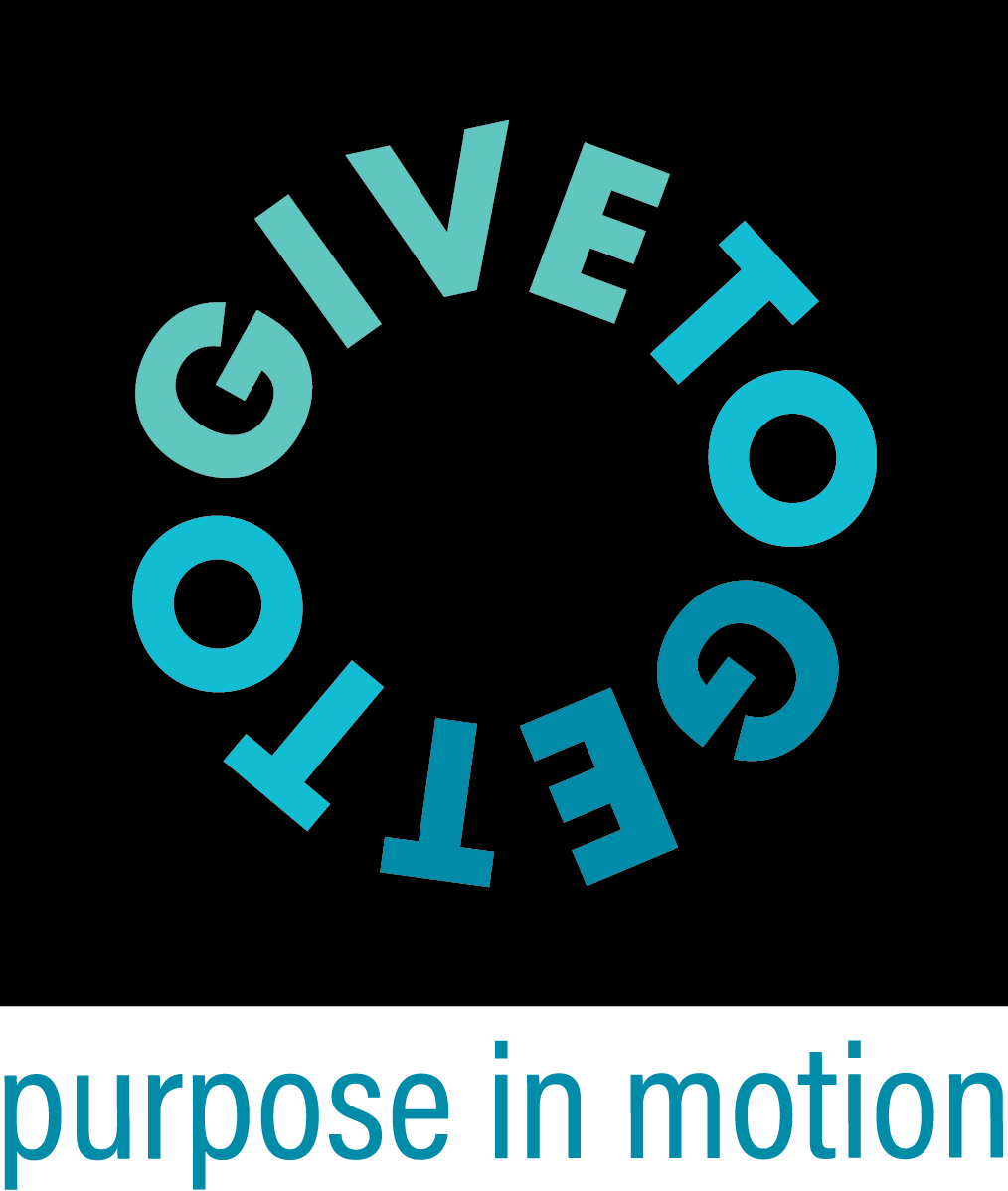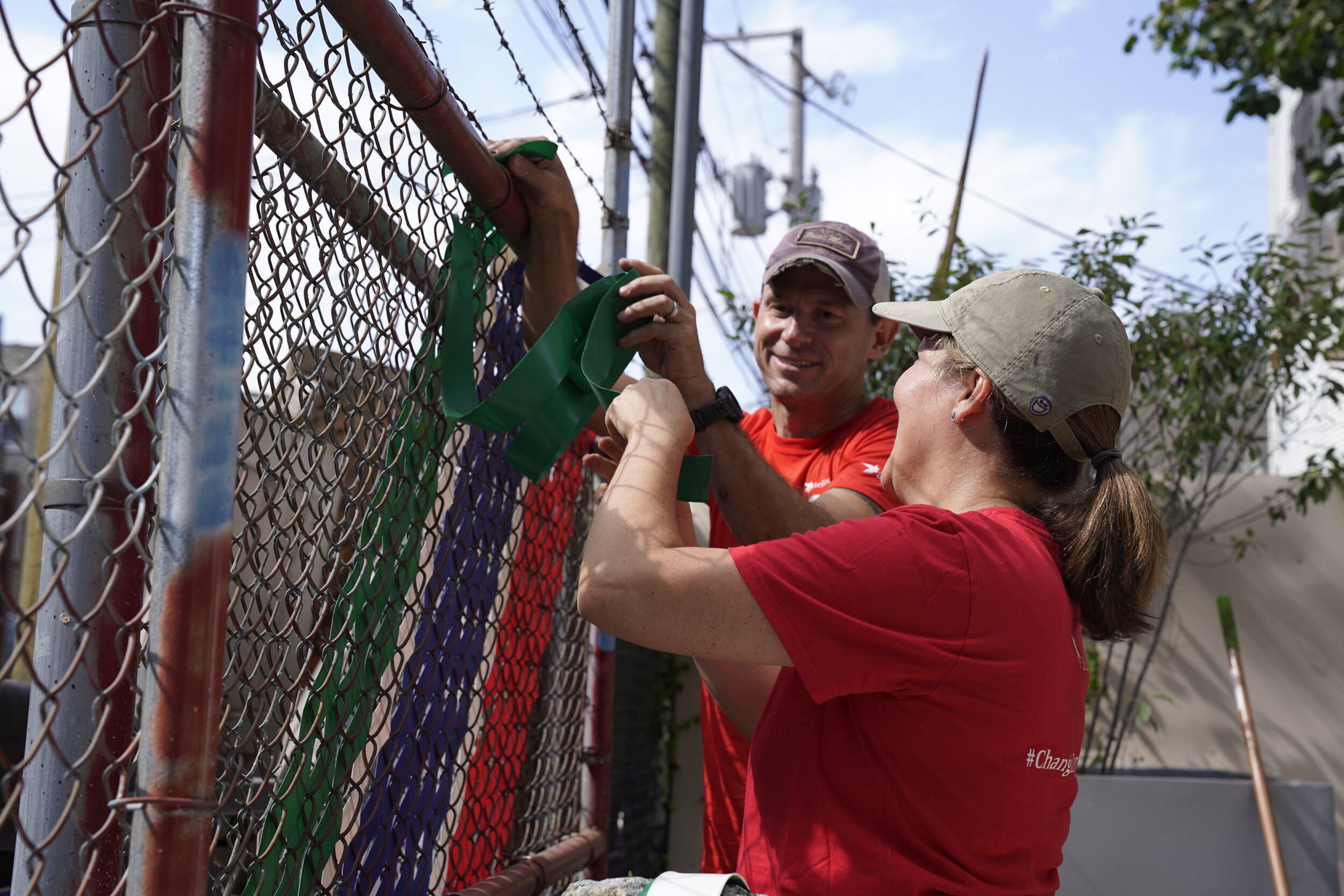Common Traits of the Best Employee Resource Groups (ERGs)
Employee Resource Groups (ERGs), which began in the 1960s, have become more popular in recent years. In addition to becoming spaces for connection, community-building, and networking; they are key ingredients to a healthy corporate culture. The best ones we’ve seen are led by engaged individuals who strategically position their group to make a measurable impact on the company’s bottom line and benefit the local community.
Here are three things all successful ERGs have in common.
They are funded and supported by management. The first ERG was actually started by a CEO, Joseph Wilson of Xerox. The ERG was launched to support Black employees at the company. At the time the group was founded, race riots were gripping Rochester, New York, where Xerox was based. Although the company had a progressive hiring program, Wilson realized that Black employees faced discrimination once they were hired. Xerox’s employees worked to change those discriminatory practices through the ERG. However, their ambitious goals would not have been realized without the support of the company’s CEO. That support, we believe, is more necessary today than at any other time in the nation’s history.
They connect to the company’s overall recruitment and leadership development strategy. They also build the employer brand. Kimberly-Clark, which produces baby, feminine, and family care products, established its Women’s Interactive Network (WIN) in 1995 with the goal of championing the development of women’s talents, leadership qualities, and other skills. Within a decade of WIN’s launch, women began to rise up the company’s ranks. In fact, from 2009 to 2019, Kimberly-Clark increased the number of women in senior management positions by 66%. Much of that progress was thanks to expanding professional development programs and a range of benefits for working mothers — ideas that grew out of WIN. The company is now a dream employer for all parents. In 2020, Kimberly-Clark was named by Working Mother as one of the Best Companies for Dads and Top Companies for Executive Women.
They help develop new products and foster new relationships. Business metrics aren’t just about the number of products sold. There’s something to be said for a brand’s ability to innovate to meet consumers’ evolving needs and solve real-world problems, often highlighted by their employees’ lived experiences. In 1945, 18% of Bell System employees joined the armed forces. The company quickly learned how to build and run telephone systems at hundreds of military camps and bases to meet those individuals’ needs. Bell System, now AT&T, also developed an overseas phone service to provide instant communication on battlefronts. In many ways, this technology was a precursor to AT&T’s FirstNet, which was updated in April to meet first responders’ needs and support them in staying “mission ready”. AT&T has not forgotten the technological innovations that came out of its WWII work, either. The company has an active, 9,700+ person veteran-focused ERG; is a founding member of the Veteran Jobs Mission supported by Michelle Obama; and recently reached its goal of hiring 20,000 veterans by 2020.
If you would like to empower your ERGs to be of service to your communities, our team can help by planning
and executing employee volunteer events. This article was originally published on Thrive Global. If you would like to get help planning and execution



